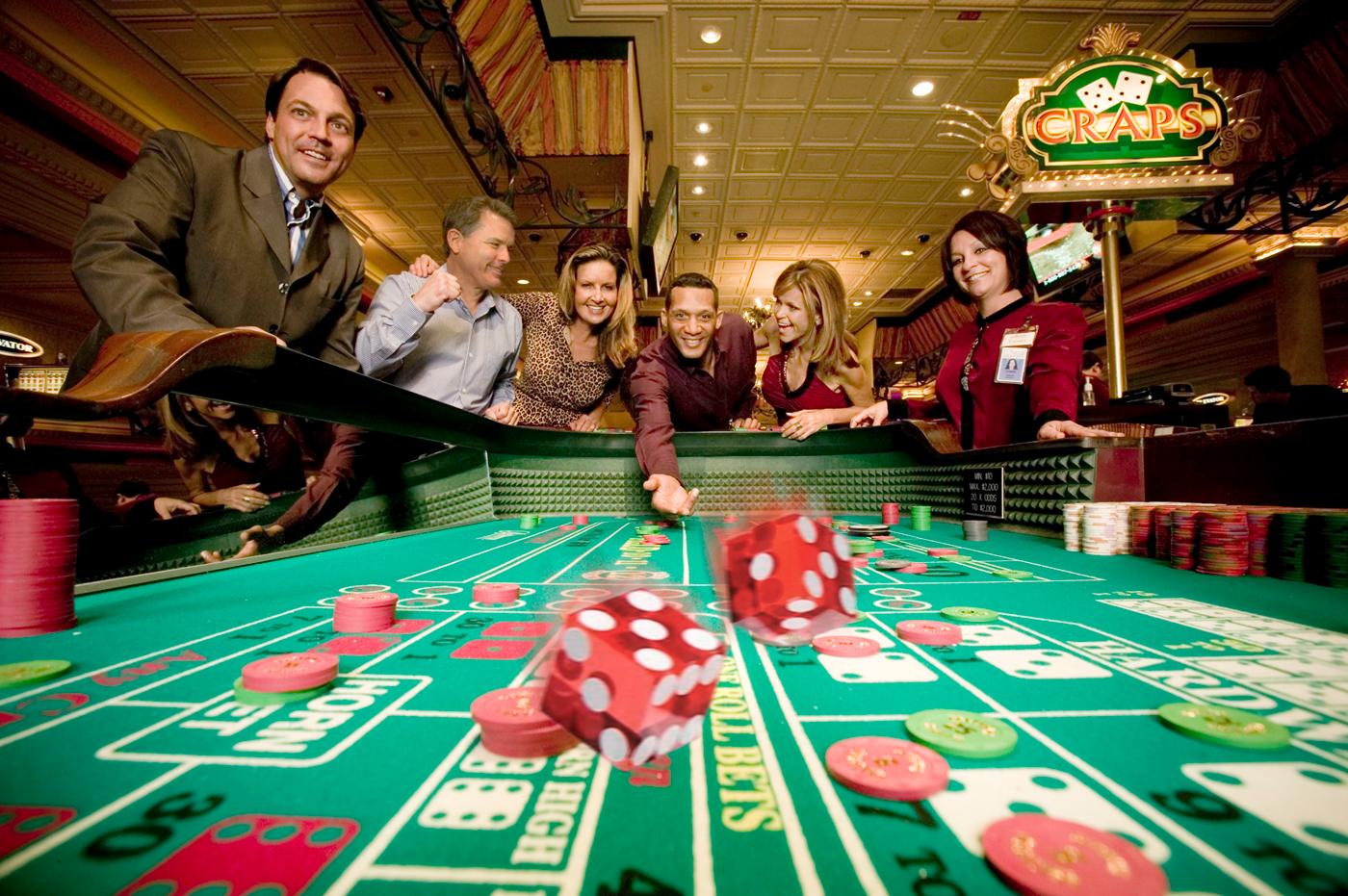The manner in which Gambling Games Use Color and Design to Entice Gamers
Within a vibrant and exciting world of casinos, where fortune and strategy intertwine, hues and aesthetic play a pivotal role in drawing in gamblers. As soon as players step into a casino or access a gaming website, they are immersed in a sightly feast that captures their attention and entices them to explore more. Bright colors, captivating graphics, and innovative layouts are carefully crafted to create an atmosphere of thrill and expectation, ultimately enhancing the gaming experience.
As players move through the ever-changing landscape of casino games, they encounter a variety of designs that not only serve visual purposes but also affect feelings and choices. Colors like red and yellow symbolize riches and luck, while soothing blues and greens can create a more tranquil environment. Understanding how these elements function together allows casinos to create an inviting and energizing atmosphere that encourages players to interact with the games, spend more time at the tables, and increase their general enjoyment.
The Science of Color in Gambling Games
Hue plays a critical role in the development of casino games, influencing players’ feelings and behaviors. Lively and vibrant shades, such as crimson and yellow, are often used to stimulate thrill and capture attention. These shades create a sense urgency and dynamism, encouraging participants to participate more enthusiastically with the experience. By thoughtfully selecting colors, creators aim to inspire feelings of satisfaction and expectation, which can enhance the overall game experience.
Different hues also have psychological meanings that can affect how players perceive their chances of success. For case, lime is often associated with fortune and prosperity, making it a popular choice in games like the roulette wheel and poker games. This association can result participants to feel more optimistic and self-assured in their gameplay, ultimately encouraging them to wager more. Comprehending these connections allows game creators to create environments that enhance player happiness and loyalty.
Moreover, the interface of gaming interfaces often uses blended colors and differing hues to guide players’ actions. fb88vn.app For instance, winning outcomes may be highlighted with bright, contrasting hues, creating a visual incentive. This method supports favorable outcomes and promotes repeated participation. By utilizing the psychology of color, gambling establishments can develop activities that not only draw participants but also maintain them interested and committed in their game experience.
Design Elements that Engage Gamers
The aesthetic appeal of gambling games is primarily influenced by the implementation of bold colors. Lively and contrasting colors are deliberately chosen to create an appealing atmosphere that grabs interest. For example, reds and golden hues often signify luck and prosperity, which is why they are prevalent in the palettes of slot machines and game surfaces. These colors not only attract players in, but they also evoke emotions related to thrill and anticipation, enhancing the total gaming experience.
In addition to color, the design and organization of gambling games play a crucial role in captivating players. Games are designed to be intuitive, ensuring that players can easily understand the rules and gameplay. User-friendly interfaces, along with engaging graphics and motion, help maintain gamer interest and promote longer play sessions. The tactile elements, such as the feel of the controls and the audio of the games, also add to a comprehensive sensory experience that keeps players immersed.
In conclusion, thematic elements in gaming design can greatly influence gaming decisions. Many gambling games are inspired by media, fairy tales, or exploration motifs, featuring symbols and characters that resonate with players. These themes create a sense of immersion and connection, making each game feel distinct. When players feel a connection to the concept, they are more likely to opt for that game over others, leading to higher participation and enthusiasm within the gambling environment.
Case Studies: Effective Gambling Slot Designs
One key example of successful casino game design is the well-known slot machine series based around popular movies. Games such as those based on the The Wizard of Oz and Game of Thrones utilize bright colors and high-quality graphics to engage players in recognizable narratives. The use of dynamic visuals and entertaining sound effects grabs the interest of players, building an affective connection to the theme. This approach merely fosters longer play but also enhances the overall gaming experience, yielding increased player retention.
Another effective case is the application of color in table games like blackjack and roulette. Casinos often create these games with dark reds and greens, colors traditionally associated with luck and wealth. For instance, the green felt on a 21 table provides a relaxing effect, while the red accents in the wheel invite thrill. This thoughtful use of color helps to create an inviting atmosphere that stimulates players to engage, satisfying their psychological impulses and increasing their enjoyment.

Finally, social casino games that incorporate community features and bright, colorful designs have achieved remarkable success in engaging players. Games like Zynga Poker and Slotomania leverage bright colors and playful animations to forge an inviting online environment. The addition of leaderboards, social sharing options, and in-app rewards promotes competition and community, pulling players in for longer sessions. Such designs not just make the games visually attractive but also emphasize social connectivity, a key factor in player retention and engagement within digital casino environments.